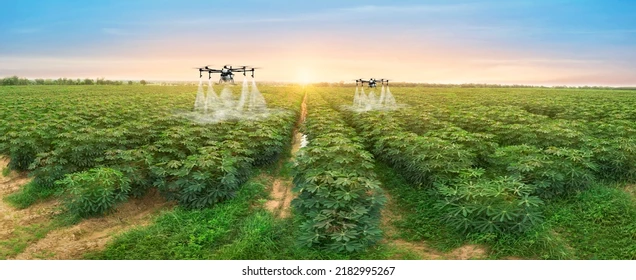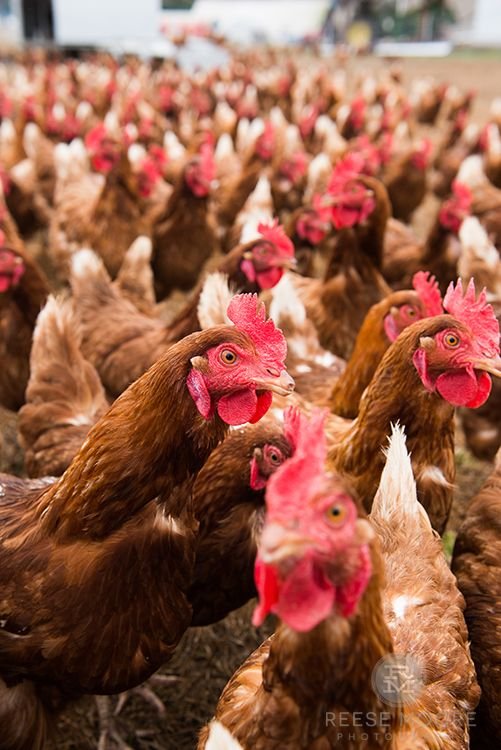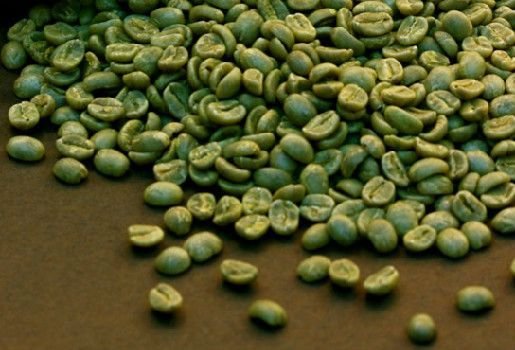Cultivating the Future: How Agricultural Automation Revolutionizes Smart Farming
Agricultural automation sector, for millennia, has been the backbone of human civilization. But as populations grow and the demand for food intensifies, traditional methods face mounting challenges. Climate change, resource scarcity, and labor shortages threaten food security on a global scale. To meet these challenges and ensure a sustainable future, the agricultural sector is undergoing a significant transformation – the rise of smart agriculture.
Smart agriculture, also known as precision agriculture, leverages a suite of innovative technologies to improve decision-making and optimize resource utilization in farming practices. At the heart of this revolution lies agricultural automation, the process of utilizing technology to automate various agricultural tasks traditionally performed manually.
This article delves into the multifaceted world of agricultural automation, exploring its benefits, potential applications, and the challenges it presents. We will examine how automation empowers farmers, enhances sustainability, and paves the way for a more efficient and resilient agricultural future.
The Rise of Agricultural automation: A Driving Force for Change
The concept of automating agricultural tasks isn’t entirely new. Early examples include irrigation systems and mechanical harvesters. However, the recent advancements in technology, particularly in robotics, artificial intelligence (AI), and the Internet of Things (IoT), have significantly accelerated the development and adoption of agricultural automation solutions.
These technologies are transforming the agricultural landscape in several ways:
- Data-driven decision-making: Sensors integrated into equipment and deployed throughout fields collect real-time data on soil moisture, nutrient levels, pest activity, and crop health. This data is analyzed by AI algorithms to generate insights and recommendations, enabling farmers to make precise decisions on irrigation, fertilization, pest control, and harvesting.
- Increased efficiency and productivity: Autonomous robots and automated machinery can perform various tasks, including planting, weeding, spraying, and harvesting, with greater efficiency and accuracy than manual labor. This frees up valuable time and resources for farmers to focus on other aspects of their operations, leading to increased productivity and output.
- Improved resource utilization: Automation allows for the targeted application of resources, such as water, fertilizers, and pesticides, based on real-time data. This minimizes waste and optimizes resource utilization, contributing to increased sustainability and environmental protection.
- Enhanced labor safety: Automating hazardous tasks, such as operating heavy machinery or applying pesticides, reduces the risk of accidents and injuries for farmworkers.
Applications of Agricultural automation: From Seeding to Harvest and Beyond
The spectrum of applications for agricultural automation extends across the entire farming process, offering benefits at every stage:
- Field preparation: Autonomous tractors equipped with GPS and advanced sensors can precisely till, plant, and seed based on pre-programmed parameters and real-time data. This ensures consistent planting depth, spacing, and seed distribution, leading to improved crop establishment and yield potential.
- Resource management: Automated irrigation systems equipped with soil moisture sensors can adjust watering schedules based on real-time data, ensuring optimal water use efficiency and minimizing water waste. Similarly, automated fertilizer application systems can deliver precise amounts of nutrients based on soil analysis and crop needs, maximizing fertilizer efficacy and minimizing environmental impact.
- Crop monitoring and protection: Drones equipped with AI-powered cameras and sensors can capture high-resolution aerial images of fields to detect early signs of disease, pests, and nutrient deficiencies. This allows for targeted interventions, such as localized treatment or pest removal, minimizing damage and maximizing crop health.
- Harvesting and post-harvest handling: Autonomous harvesting machines can efficiently collect crops while minimizing damage and maximizing quality. Automated sorting and packing systems can further streamline post-harvest handling, improving efficiency and reducing product loss.
These are just a few examples, and the potential applications of agricultural automation continue to evolve rapidly. As technology advances, we can expect even more sophisticated solutions across the agricultural value chain.
Challenges and Considerations: Navigating the Path to Adoption Agricultural automation
Despite its potential benefits, agricultural automation also presents several challenges:
- High initial investment: The cost of acquiring and implementing automation technology can be significant, especially for small and medium-scale farmers. Access to financing and government support programs will be crucial to enable widespread adoption.
- Technical expertise: Operating and maintaining complex automated systems requires a certain level of technical knowledge. Training programs and technical assistance will be essential to equip farmers with the skills needed to effectively utilize automation technologies.
- Social and ethical considerations: The potential displacement of farmworkers due to automation raises concerns about social and economic impacts. It is crucial to develop strategies to manage this transition and ensure that the benefits of automation are shared equitably.
- Data security and privacy: The extensive use of sensors and data collection in smart agriculture raises concerns about data security and privacy. Robust cybersecurity measures and ethical data handling practices are essential to protect sensitive agricultural data.
Addressing these challenges will be critical to ensure the responsible and inclusive implementation of agricultural automation. Collaboration among stakeholders, including farmers, researchers, policymakers, and technology providers, will be instrumental in





